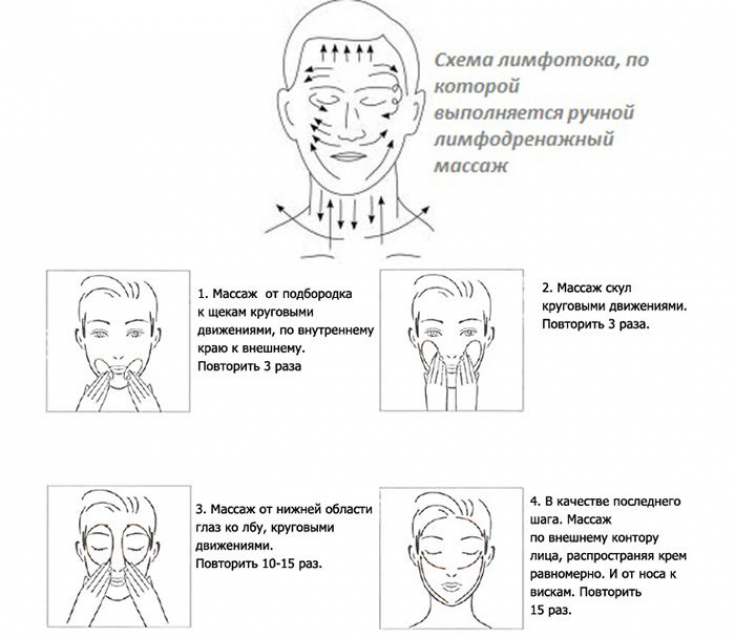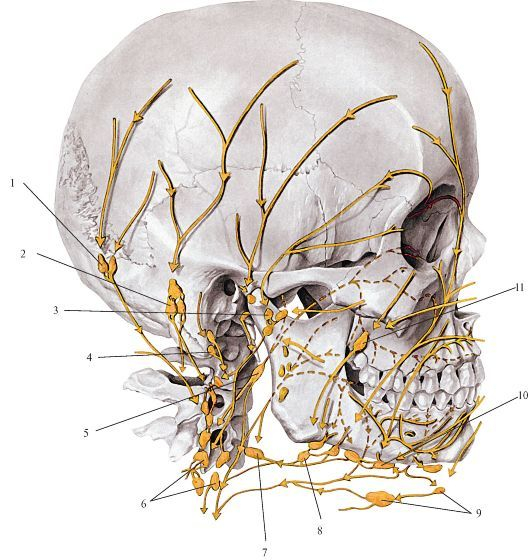Few people know the importance of the lymphatic system for facial aesthetics and manual lymphatic drainage is usually very rare. However, it is worth considering the introduction of manual lymphatic drainage massage into the practice on a permanent basis, as it has huge benefits.
Very often, aesthetic medicine specialists encounter edema. Some arise as a reaction to the anesthetic, others are due to the hydrophilic properties of fillers based on hyaluronic acid, and still others appear due to compression of the lymphatic capillaries by the drug.
And it is the manual lymphatic drainage massage that allows you to reduce or eliminate swelling in these cases. On estet-portal.com read more about the technique of lymphatic drainage massage and its benefits for the doctor and patient.
How does the lymphatic system work and what is the benefit of lymphatic drainage
The lymphatic system was first described in the 17th century by the Italian physician Dr. Gaspar Aselli and consists of a network of tissues and organs that remove waste and other unwanted substances from the body. Its main function – support our immune system by transporting lymph through a network of larger vessels and small, thin-walled capillaries.
Lymph consists of interstitial fluid and other substances that are constantly exchanged through the walls of a permeable vessel.
Lymph nodes are located at different points along the lymphatic vessels, and filter the passing lymph. The lymph nodes also contain immune cells that help fight infection by destroying microbes in the lymph fluid.
The critical role of the lymphatic system in aesthetics is to be able to drain excess interstitial fluid away from extracellular tissue and return it to the venous circulation, thereby reducing any post-treatment post-traumatic edema and inflammation.
Swelling after filler injections: what to do
How to use lymphatic drainage in cosmetology
For example, injections of dermal fillers are accompanied by trauma to the skin and deeper tissues, resulting in a natural inflammatory response of the body. Damaged cells release chemicals such as histamine and prostaglandins, causing fluid to migrate from blood vessels to surrounding tissues.

Also, dermal fillers can cause swelling by blocking the lymph nodes and lymph vessels, causing lymph fluid to accumulate in the affected area. In this regard, lymphatic drainage massage can be an excellent tool to combat post-procedure swelling.
Read the latest articles in Telegram!
Lymphatic drainage massage can relieve fluid retention, especially around the eyes, and speed up the healing process by improving microcirculation in the area.
Lymphatic drainage massage technique
Manual lymphatic drainage is a specialized massage technique that was introduced in the 1930s by Dr. Emil Vodder. Its main task is to stimulate the lymphatic system to resolve the edema.
Dr. Vodder's technique is to perform gentle pushing movements with stretching of the skin towards the lymph node, followed by a passive return to the starting point without pressure and stretching of the skin.
During lymphatic drainage massage, very light (tissue pressure 30-32 mmHg) and very short (length 2-2.5 cm) movements are used.
Despite the fact that in recent years there has been a further development of methods of manual lymphatic drainage massage, the general principles remain the same – activate lymph movement.

Swelling is a very common side effect of most aesthetic procedures, regardless of the injection site. It can occur due to the hydrophilic properties of fillers, due to compression of the lymphatic vessels, or temporary paralysis of the facial muscles. Therefore, manual lymphatic drainage massage will not be superfluous in the practice of a specialist in aesthetic medicine.
An important element of anti-aging programs is lymphatic drainage facial massage







Add a comment